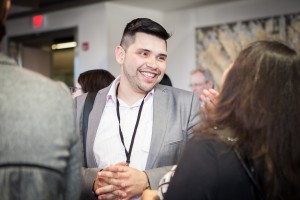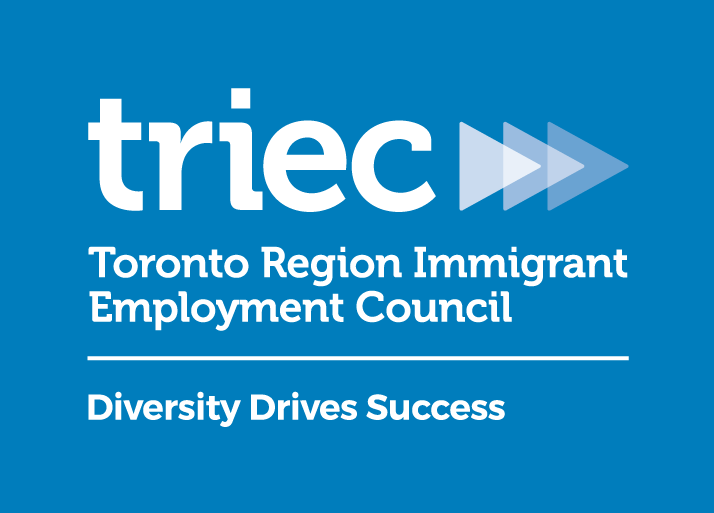Consent(Required) I have read and accepted TRIEC’s Terms of Use and Privacy Policy.
Terms of Use
 The world of work is changing, from driverless cars to the gig economy. But what is the impact on our workplaces of the future and how we can prepare for it today? Over the last year, TRIEC worked with labour market analyst Tom Zizys to deepen our understanding of current and future labour market trends and how they will impact employers and skilled immigrants. Here’s a quick look at what we’ve learned.
The world of work is changing, from driverless cars to the gig economy. But what is the impact on our workplaces of the future and how we can prepare for it today? Over the last year, TRIEC worked with labour market analyst Tom Zizys to deepen our understanding of current and future labour market trends and how they will impact employers and skilled immigrants. Here’s a quick look at what we’ve learned.
